Filter data
|
ID |
Nickname |
Country / City |
Languages |
Taxonomies |
Comment |
Project / Group |
Map |
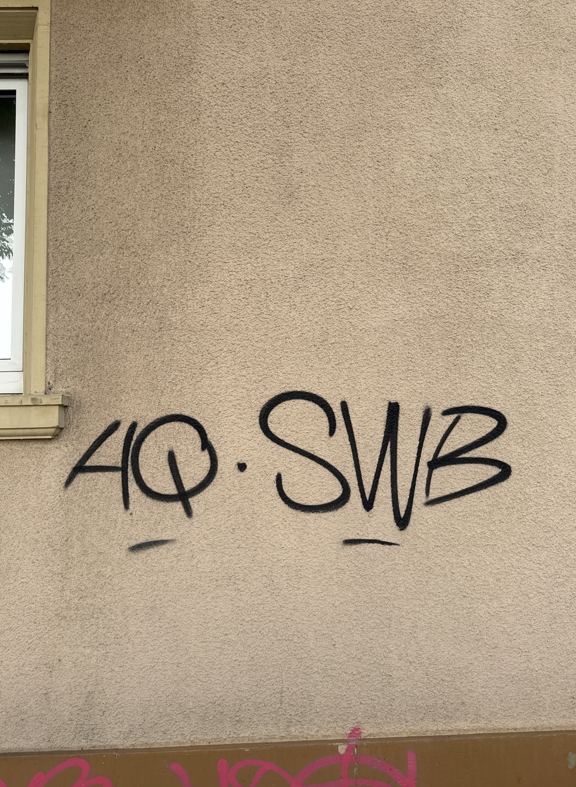
|
132653
|
ALBA
|
Deutschland
Karlsruhe
|
|
|
—
|
|
|
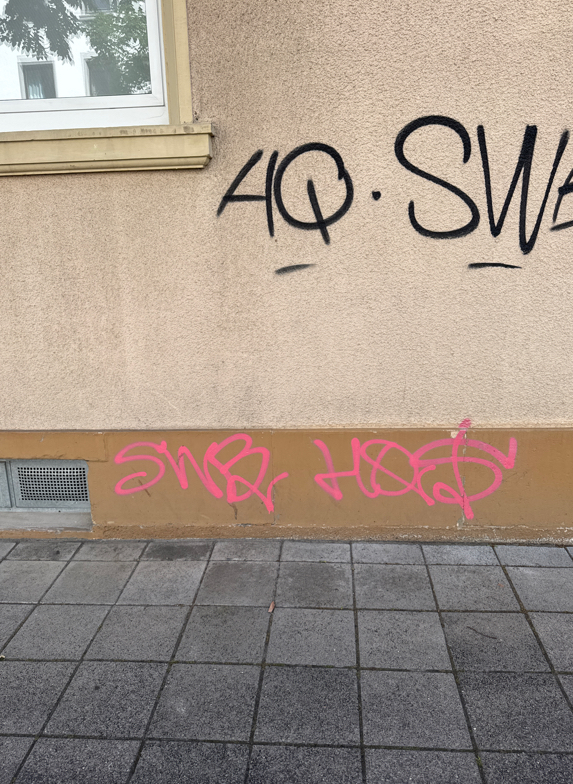
|
132654
|
ALBA
|
Deutschland
Karlsruhe
|
|
|
—
|
|
|
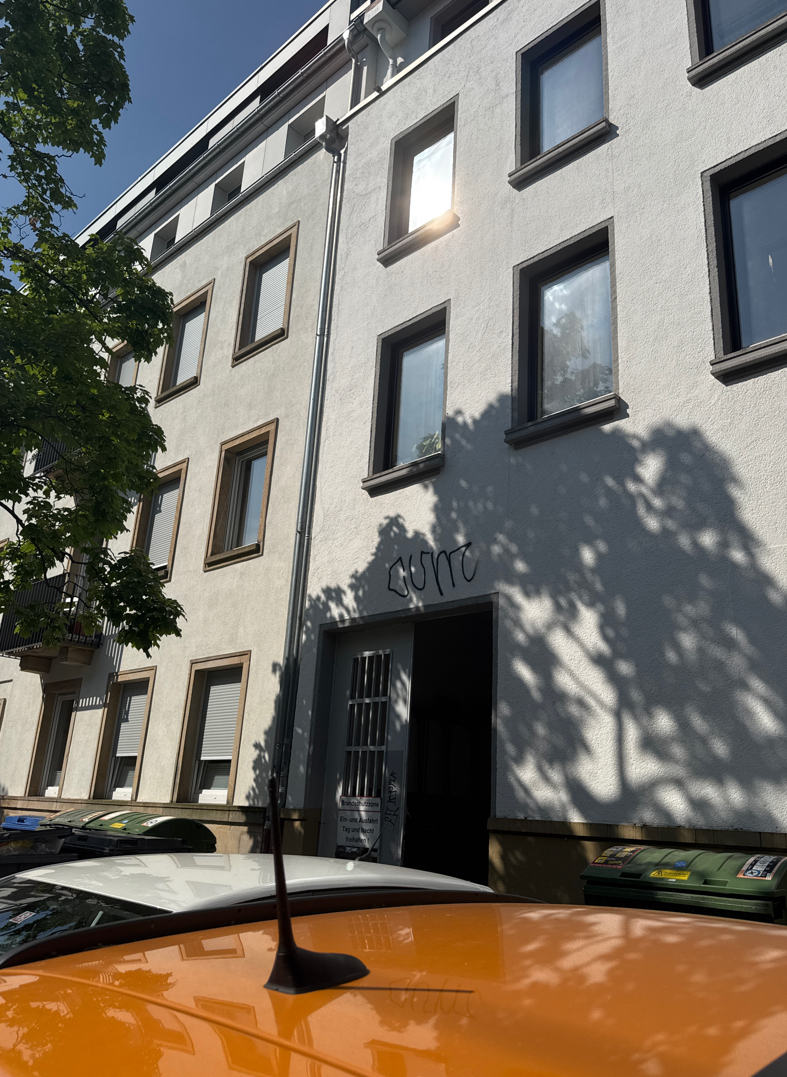
|
132655
|
ALBA
|
Deutschland
Karlsruhe
|
|
|
—
|
|
|
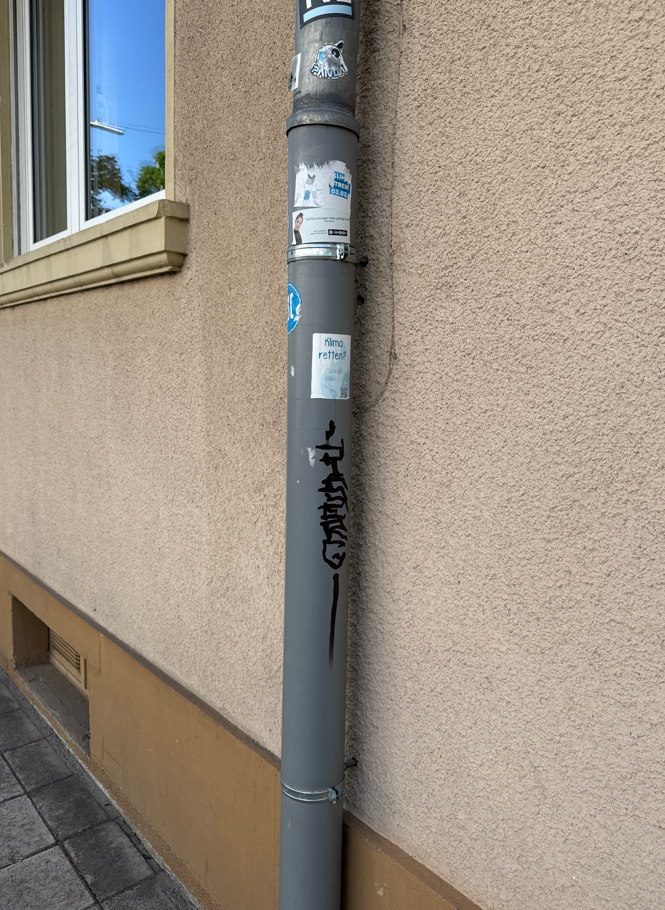
|
132656
|
ALBA
|
Deutschland
Karlsruhe
|
|
|
—
|
|
|
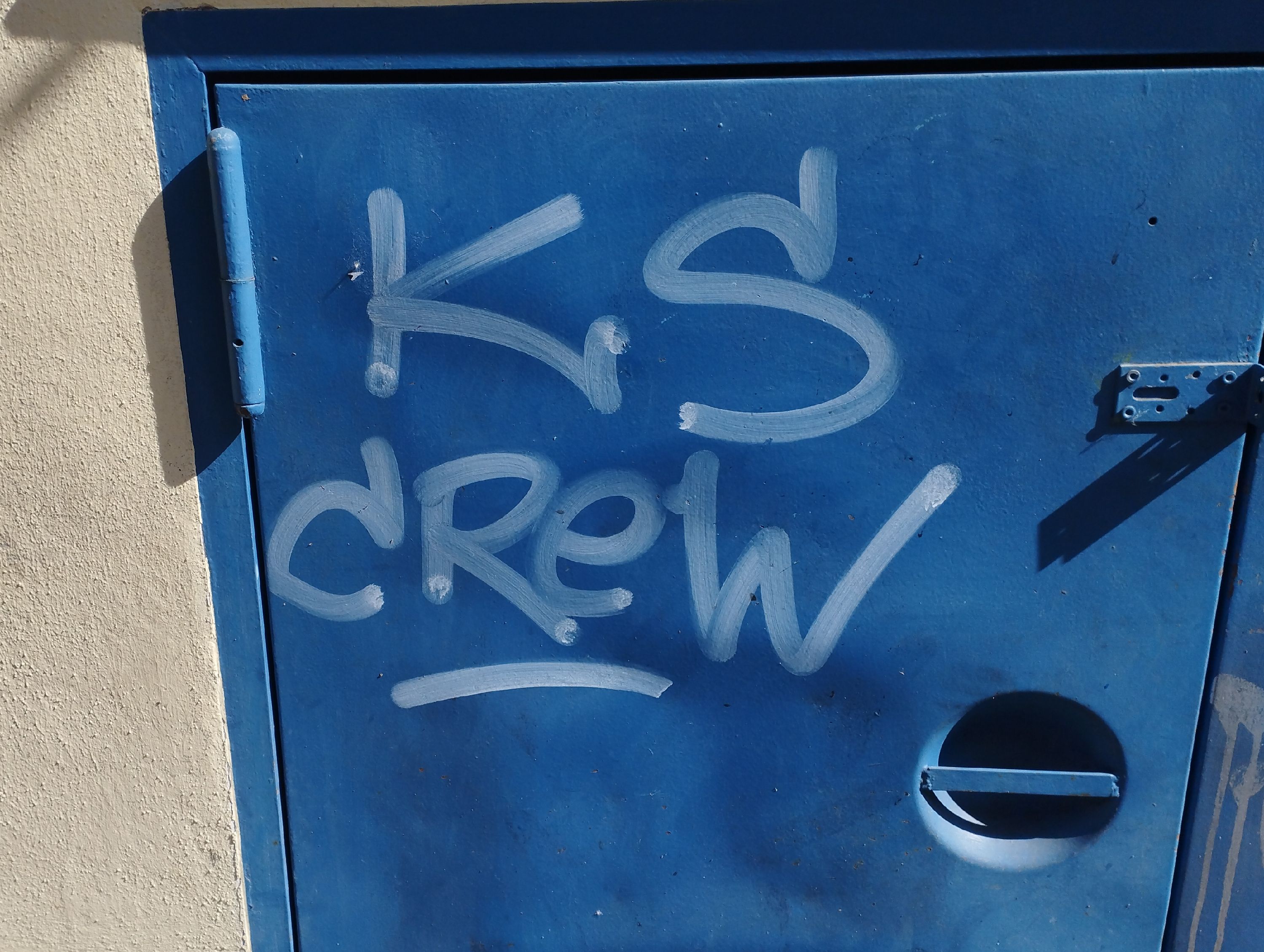
|
132657
|
LLA
|
Germany
Karlsruhe
|
|
|
—
|
KAGraffiti
|
|
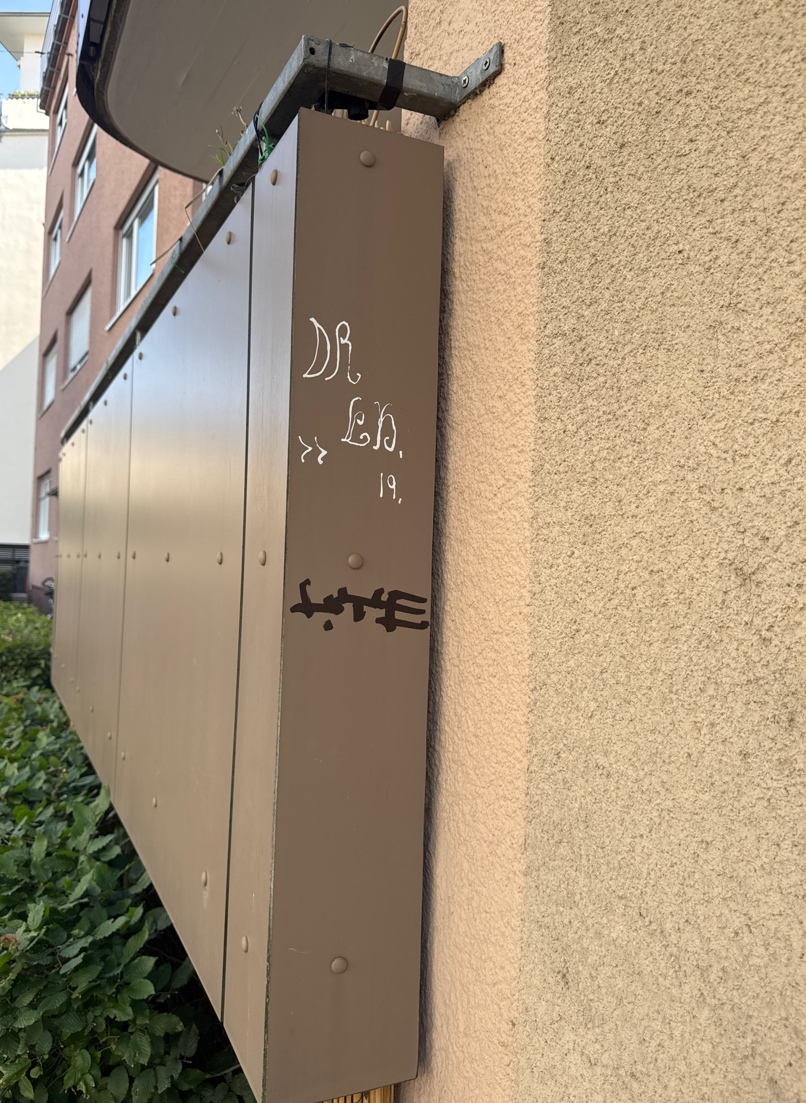
|
132658
|
ALBA
|
Deutschland
Karlsruhe
|
|
|
—
|
|
|
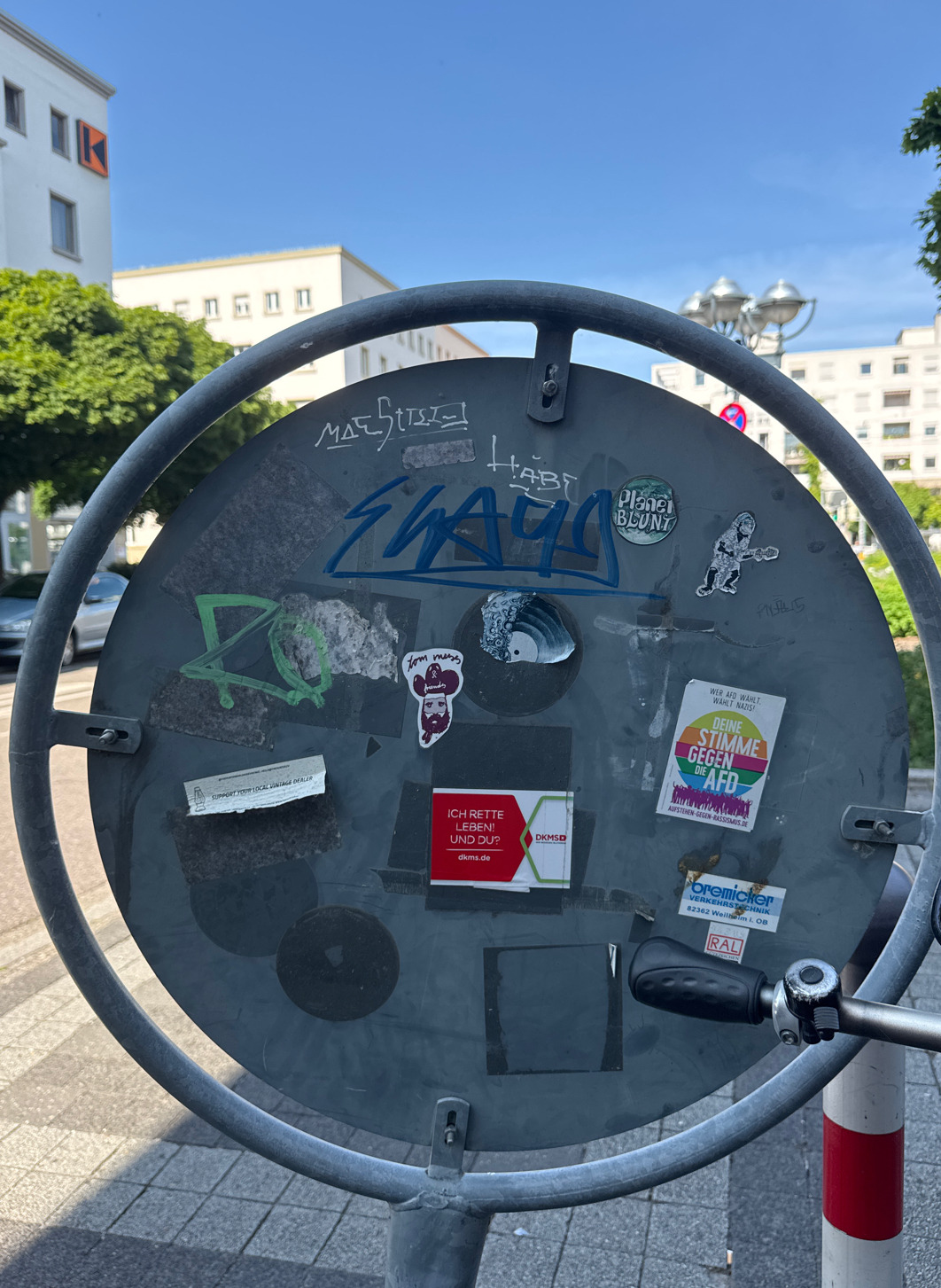
|
132659
|
ALBA
|
Deutschland
Karlsruhe
|
|
|
—
|
|
|
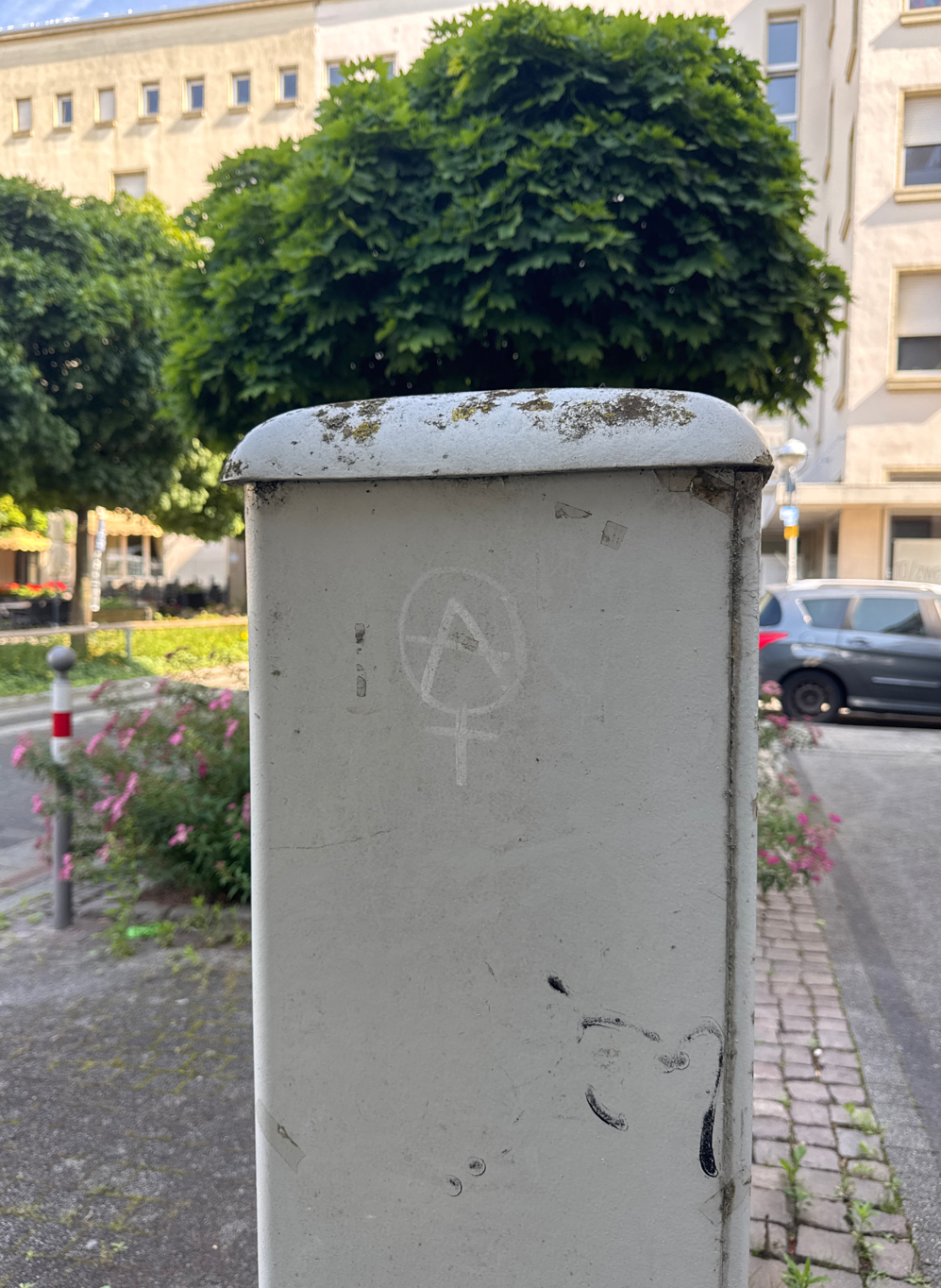
|
132660
|
ALBA
|
Deutschland
Karlsruhe
|
|
|
—
|
|
|
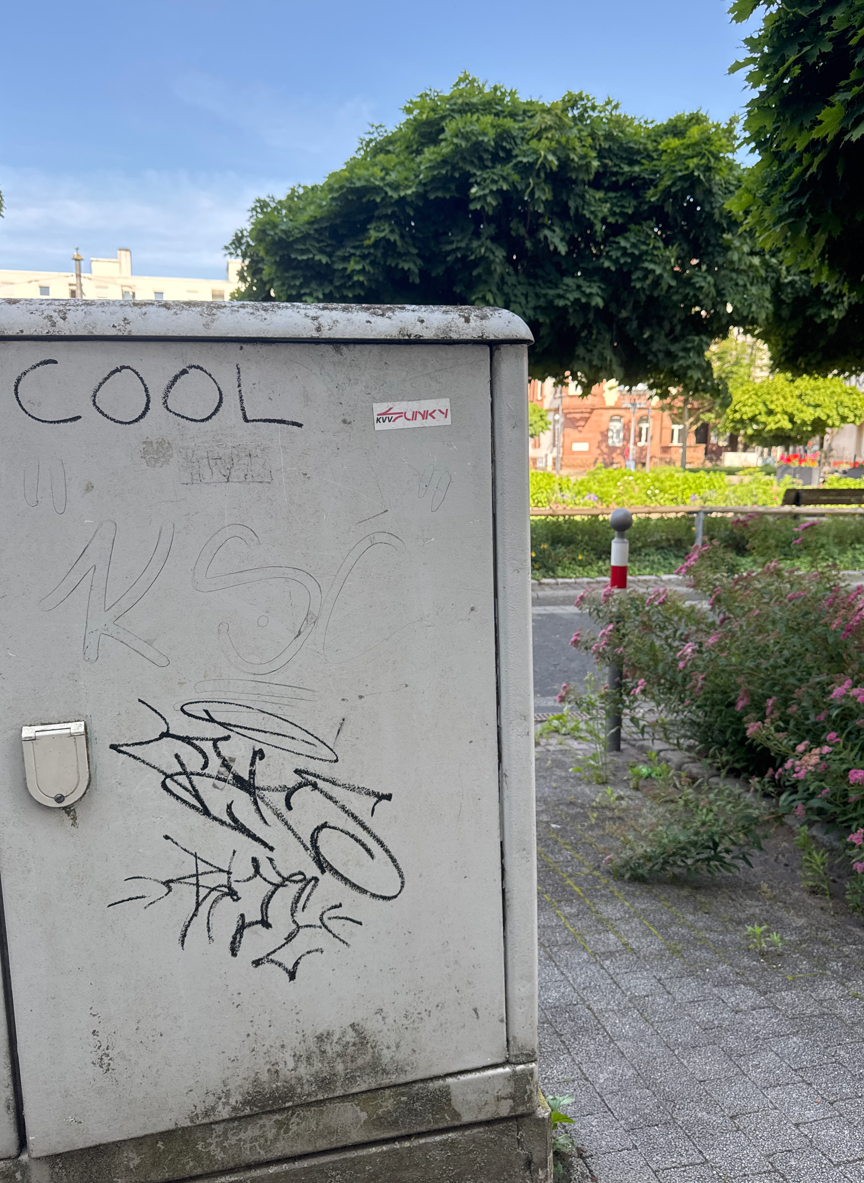
|
132661
|
ALBA
|
Deutschland
Karlsruhe
|
|
|
—
|
|
|
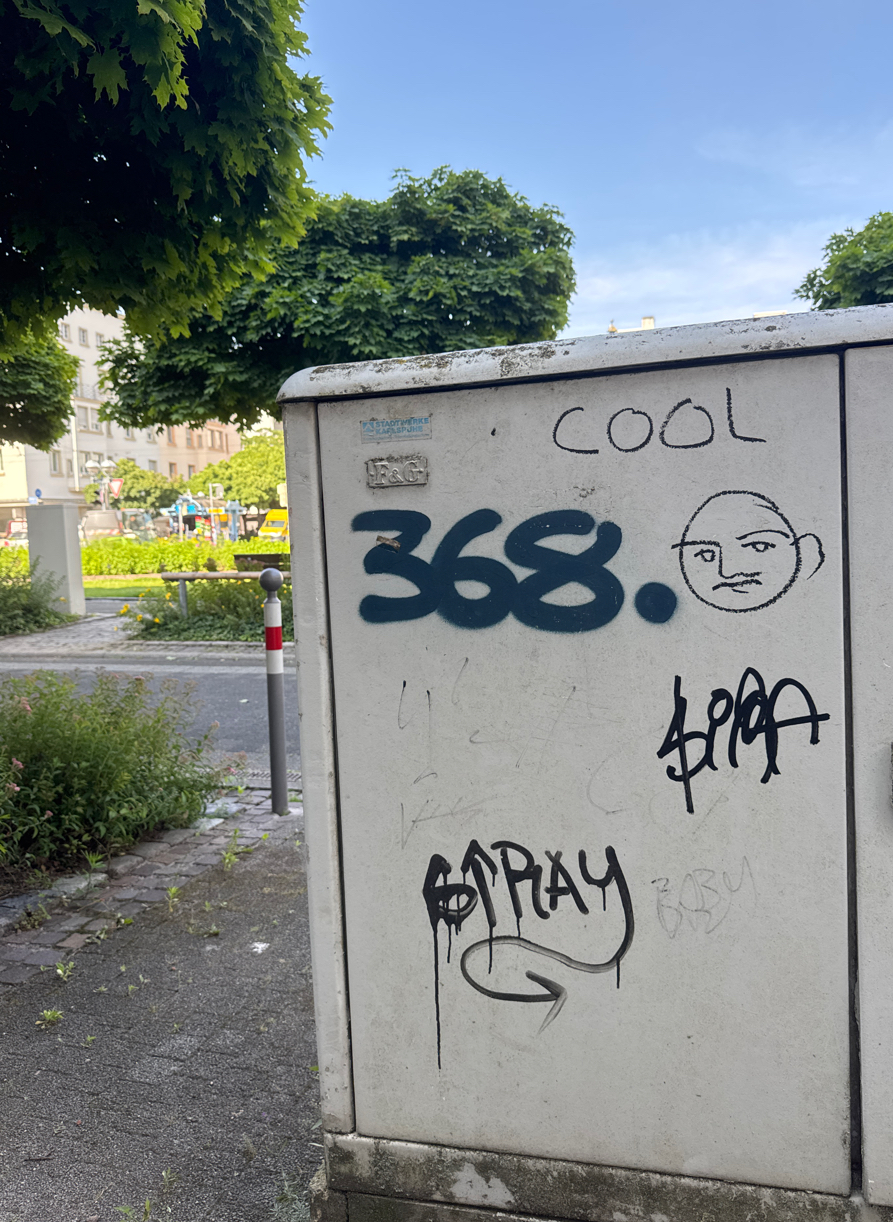
|
132662
|
ALBA
|
Deutschland
Karlsruhe
|
|
|
—
|
|
|
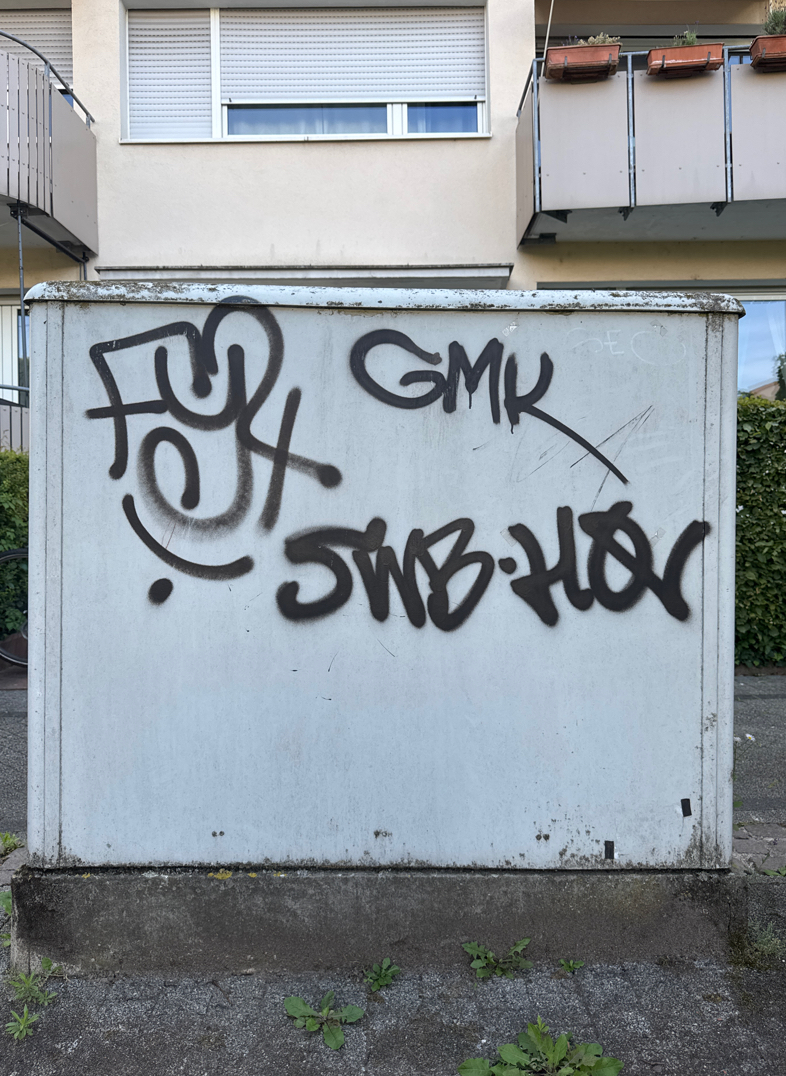
|
132663
|
ALBA
|
Deutschland
Karlsruhe
|
|
|
—
|
|
|
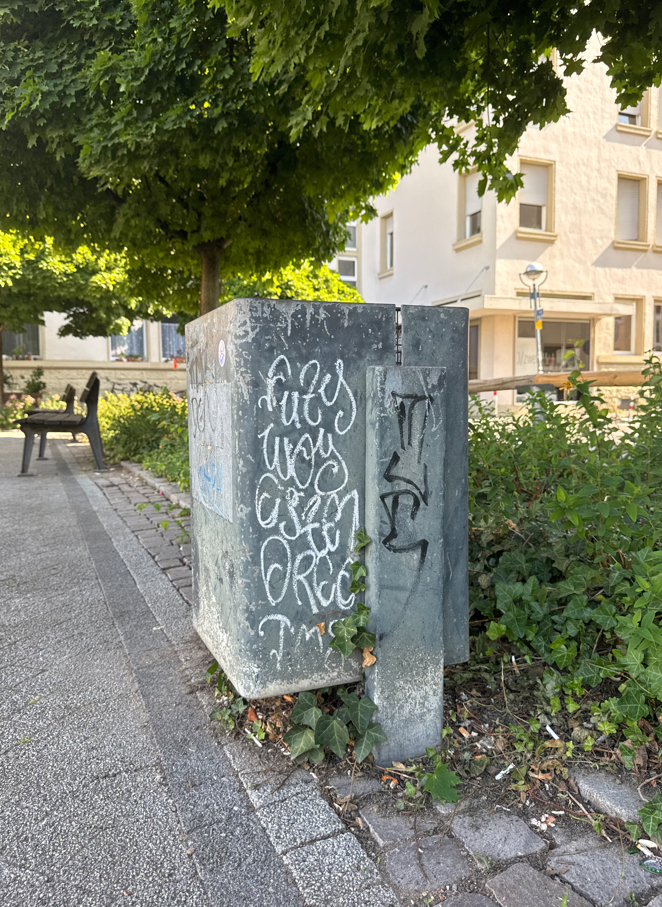
|
132664
|
ALBA
|
Deutschland
Karlsruhe
|
|
|
—
|
|
|
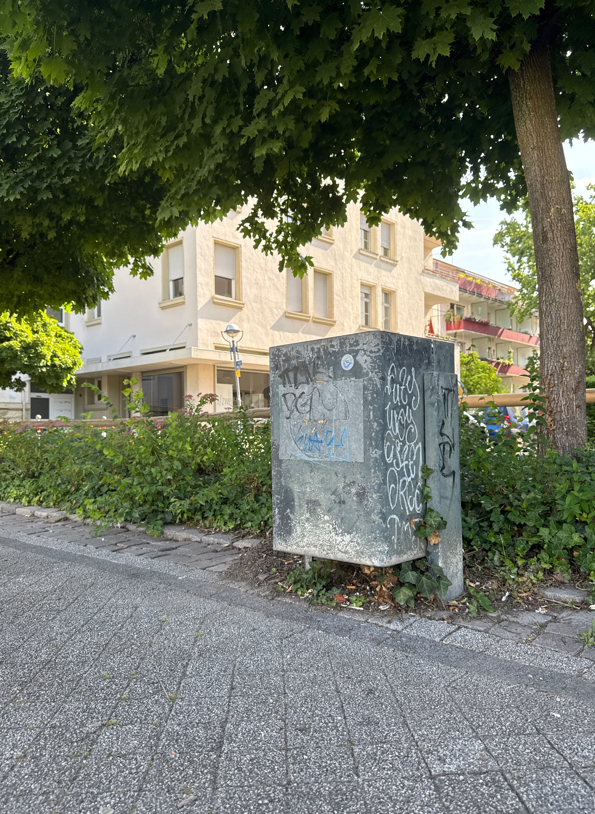
|
132665
|
ALBA
|
Deutschland
Karlsruhe
|
|
|
—
|
|
|
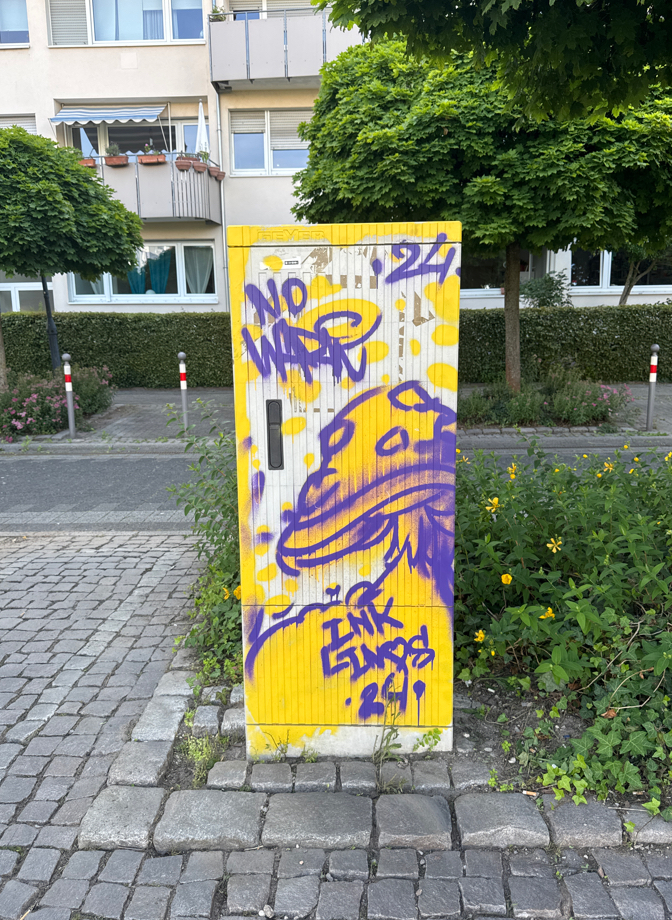
|
132666
|
ALBA
|
Deutschland
Karlsruhe
|
|
|
—
|
|
|
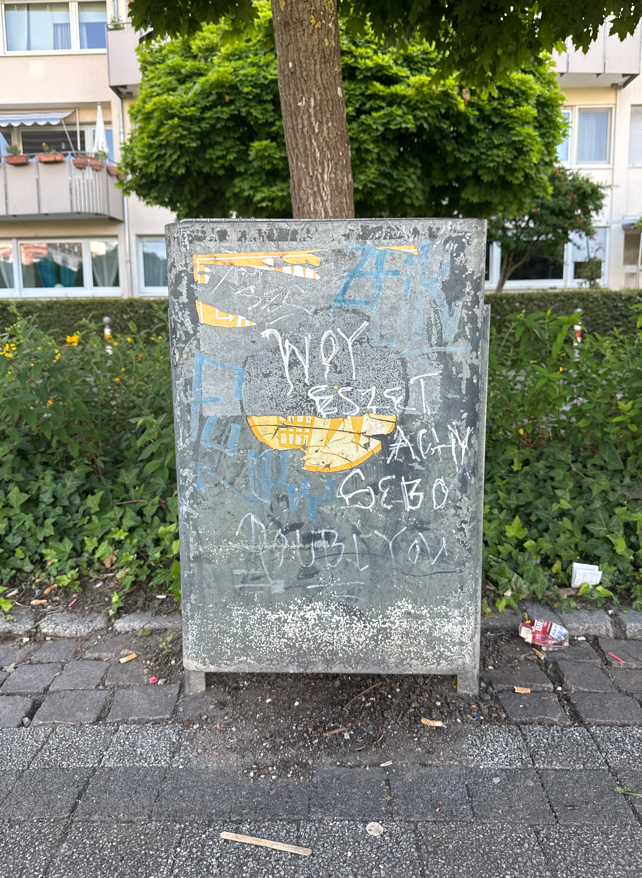
|
132667
|
ALBA
|
Deutschland
Karlsruhe
|
|
|
—
|
|
|

|
132668
|
ALBA
|
Deutschland
Karlsruhe
|
|
|
—
|
|
|
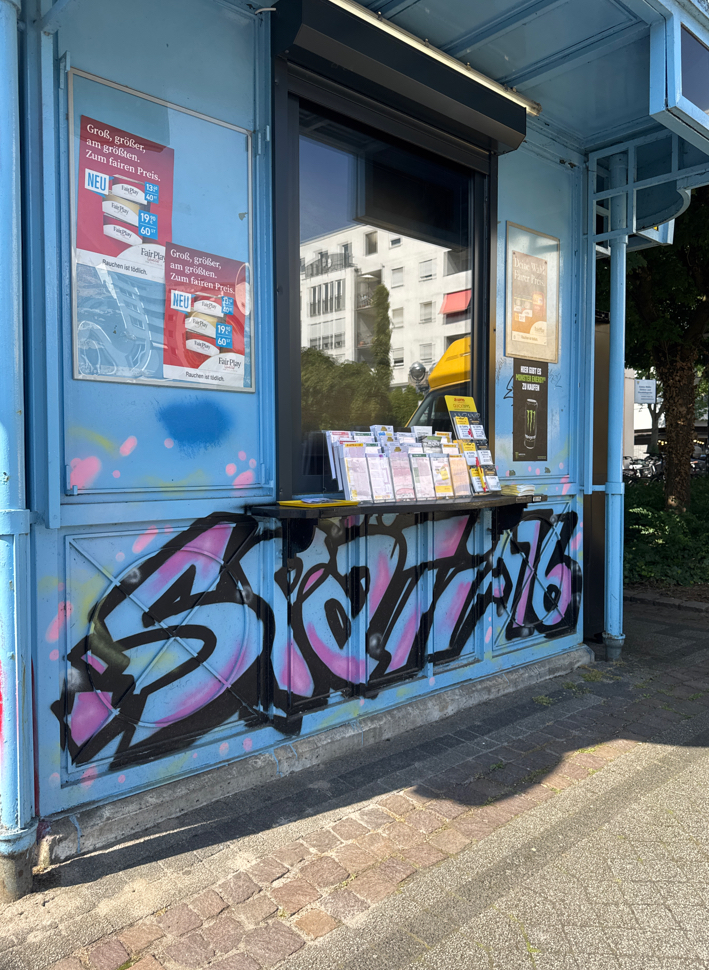
|
132669
|
ALBA
|
Deutschland
Karlsruhe
|
|
|
—
|
|
|
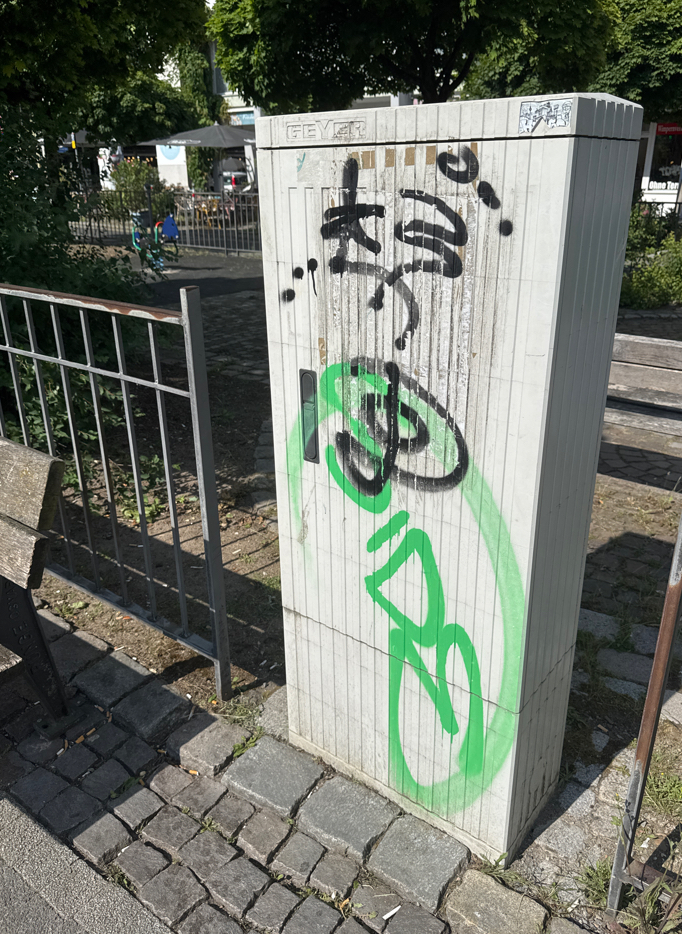
|
132670
|
ALBA
|
Deutschland
Karlsruhe
|
|
|
—
|
|
|
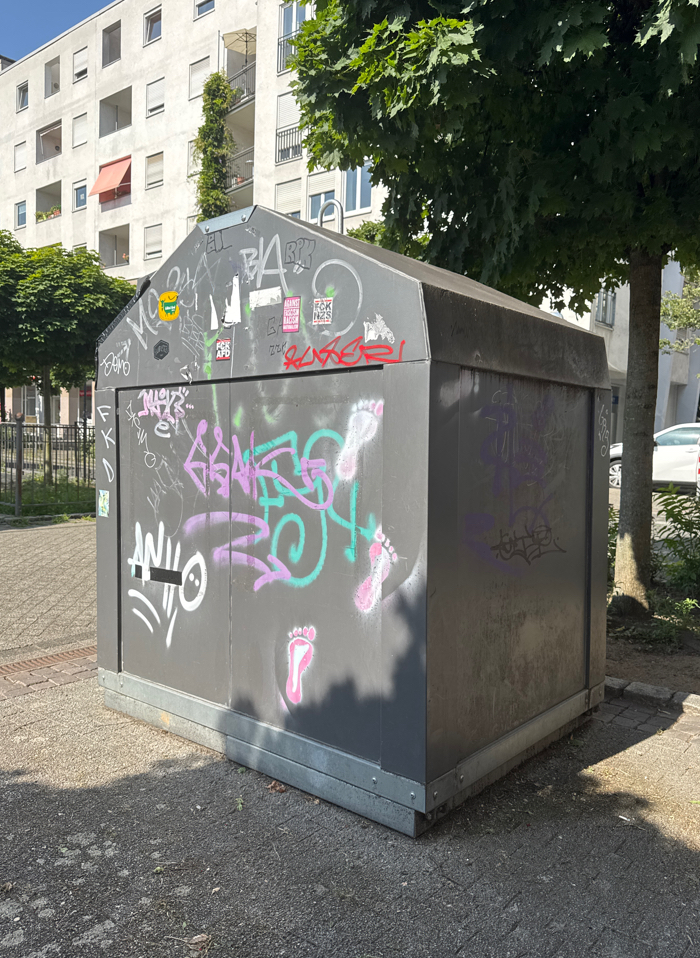
|
132671
|
ALBA
|
Deutschland
Karlsruhe
|
|
|
—
|
|
|
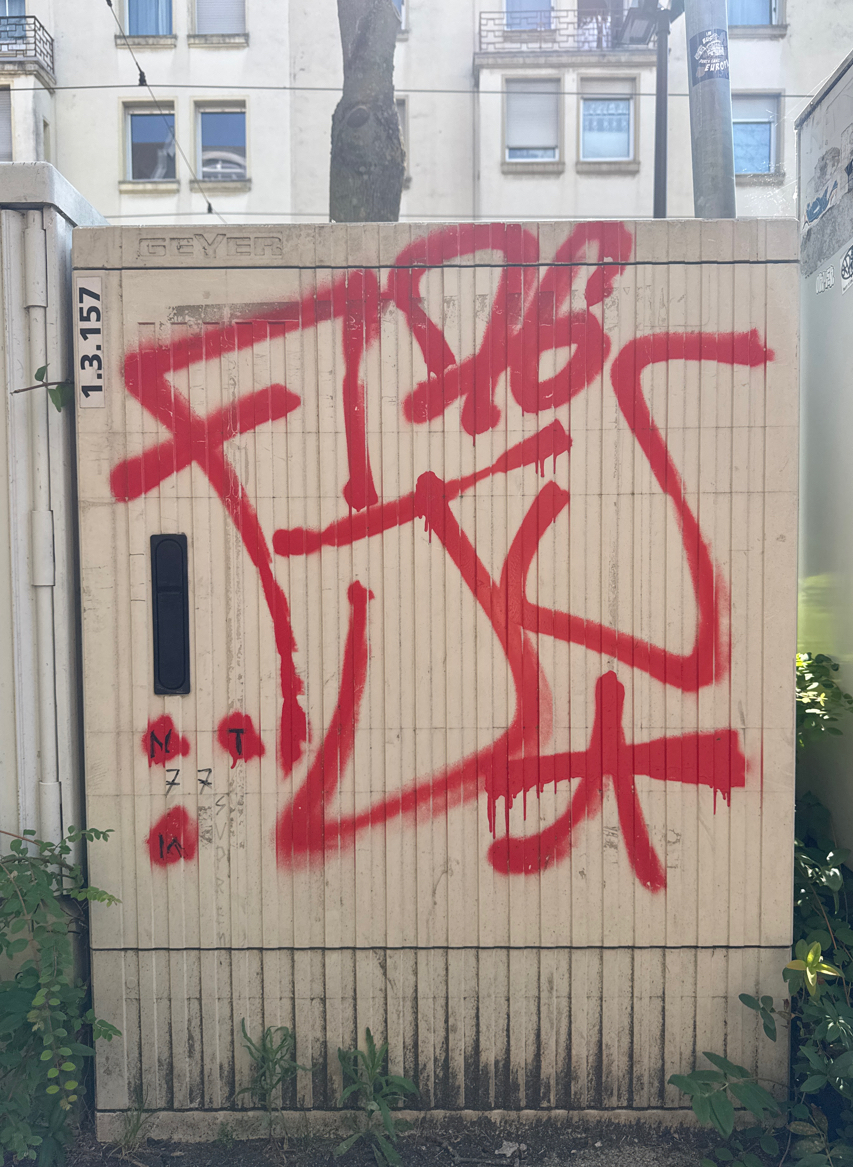
|
132672
|
ALBA
|
Deutschland
Karlsruhe
|
|
|
—
|
|
|